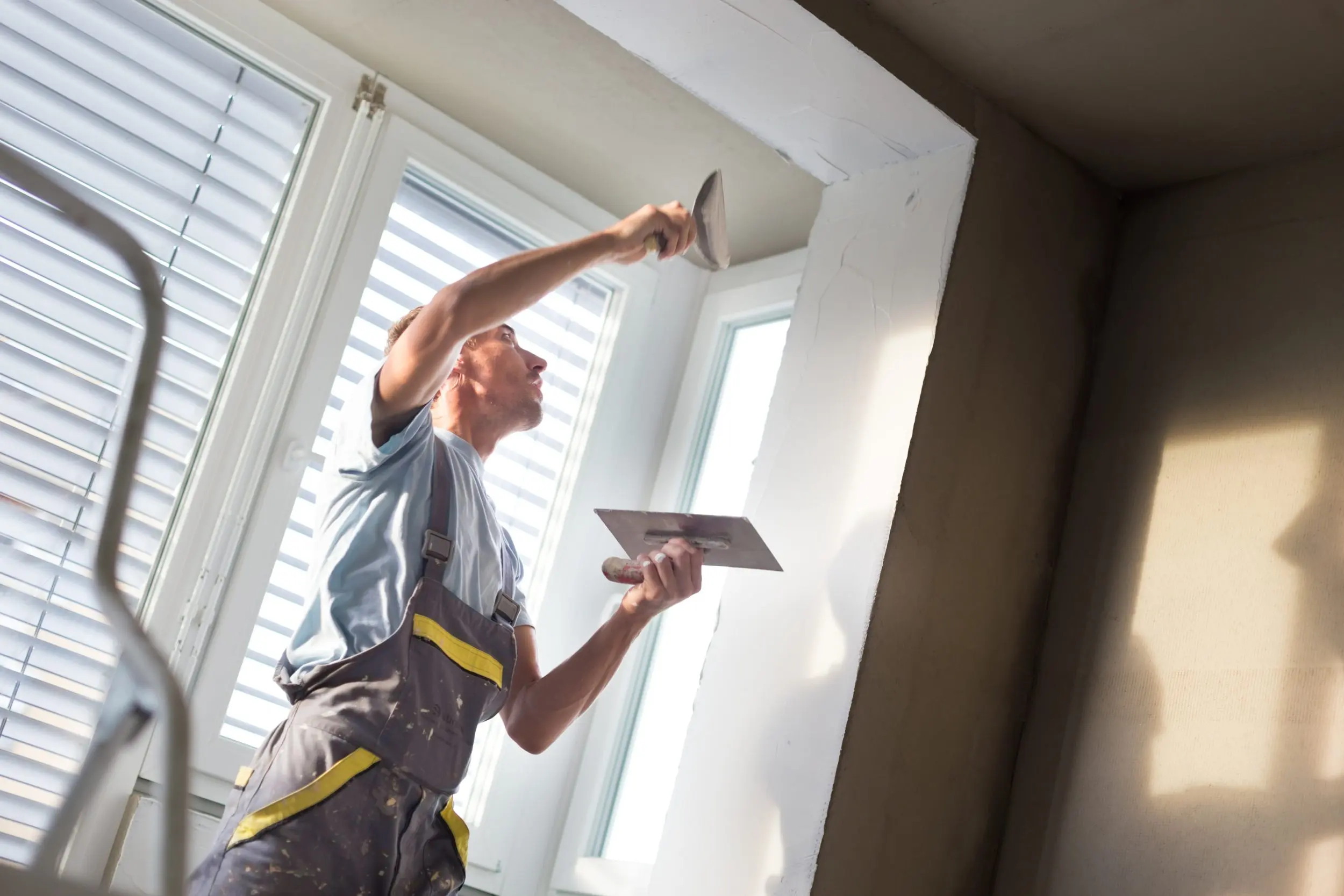Why You Failed Your Survey And The Possible Repercussions
Before we get into it, it’s important to clarify that you can’t actually ‘fail’ a survey. That’s not how it works, there is no pass or fail. You can, however, receive a bad report. If the surveyor finds lots of issues with the property, especially larger problems, this can land you with what would be deemed a bad survey report.
There is no definitive line that, once crossed, means the results are ‘bad’. Some people may consider any kind of negative findings, however big or small, as a ‘bad’ report. Alternatively, others may feel that the presence of insulation issues aren’t that big of a deal. That being said, if multiple, larger problems are found, then that report won’t look good. You could face a couple of repercussions from a not so ideal survey result.
Firstly, buyers could use that information to adjust their offer. This usually means that they drop it in relation to the cost of getting the issues fixed. Depending on the scale of the issues, this could be a significant reduction in what they’re willing to pay.
On the other hand, the buyer could pull out altogether. For some, certain problems are too much to take on, and instead, they decide to look elsewhere. This can be a massive blow when you’re trying to sell a property quickly.
What’s more, there are laws in place that mean you must disclose any information to buyers that could affect the value of the property.
Therefore if you or a previous buyer have had a survey reveal some issues, you legally have to let new buyers know. Even at the risk of losing the sale.
If you don’t disclose the information, and the problems become apparent to the buyers not long after completion, you could be facing time in prison.
If you, or a potential buyer, receive a bad survey report on your property and the sale falls through, make sure you inform your estate agent. They will have to inform new buyers of the results, but then any negligence falls to them.
However, this also means new buyers will be going forward knowing the condition of your property instead of getting nasty surprises.
Tried and Tested: Ways to Increase A Home’s Value
The time to try and increase your home’s value is before you put it on the market. An estate agent will only take one set of photos, so make sure they are taken after work is done.
Start With The Small Jobs
The easiest place to start is with the small jobs. If the kitchen tap drips, you should fix it. Buyers will probably notice it and, considering the amount of work it will involve it’s not worth the possible negative impression it could cause.
Clean the carpets! If they’re showing signs of wear, and it has been a while since they have been cleaned, either hire a professional or just the machine.
Dirty carpets never look good and could turn buyers off, no matter how modern the rest of your home looks.
If any mould has grown in moist areas such as the bathroom, or around windows, now is the time to scrub it off.
Most people don’t realise that cleaning mould can be quick and easy, especially given the positive impact it will have visually. So put on those marigolds and get scrubbing!
Do Some DIY
Any small DIY jobs should be taken care of first. If the doors need a fresh lick of paint, or the window sills could do with some varnish, or a hinge is loose on a cupboard door, get it sorted.
Your buyers are looking for somewhere they can move into straight away, not a property that needs work done to it.
Leaving these jobs to the new owners isn’t a good stance to take because they’re easy jobs. Look at it from another angle: If you can’t be bothered to repaint a door, what other maintenance have you not kept up with?
Put Yourself In The Buyer’s Shoes
Doing this is key. If you were viewing your house, what would you think? Would you want to buy it? Would you think anything looks like it needs work?
Being biased is easy. You live in your home, you are attached to it, you have made memories there, so it’s easier to ignore imperfections.
A buyer doesn’t have this same attachment. They want it, but they haven’t got it yet, and because of that they will be taking your property at face value.
Buyers are looking for a property they can move straight into with minimal to no work needed.
Try walking around your home as if you were viewing it for the first time and take note of the things you notice.
Even better, ask a trusted friend or relative to do it for you. As they don’t live with you, they will be more likely to notice things you are used to and now don’t see. You probably forgot about that mark on the living room carpet, but others will notice it.
Tips For The Survey
Once you have booked the survey, there are still a few last-minute adjustments you can make to ensure the inspection is a smooth process and hopefully produce better results.
Tidy Up
Tidying, most people hate it, but if you’re one of the lucky few who loves it then this tip is right up your street.
Tidying your home before a survey is key because of one main point: The surveyor is looking for a home that is well maintained.
Think about it from the surveyor’s point of view; if you can’t keep your home tidy, how can you be expected to keep up with maintaining the property as well? When they walk into a messy, unkempt home, they will be expecting to find things wrong.
Protect Your Belongings
Depending on the type of survey you’re having, the surveyors will need different amounts of access to your home.
A Building Survey is more intrusive than a Condition Report, meaning they will need to get to more areas in your home.
The experience can be stressful if something gets knocked off the window sill because the surveyor needed to inspect the top corners of the windows, and so on.
Plan ahead: Pack away any delicate items in shelves or surfaces. Move furniture away from the walls. Speak to the surveyor before they arrive and ask if you can do or move anything beforehand.
Doing this will mean less disruption and possibility of anything breaking while making the surveyor’s job much easier and quicker.
Contact us today to discuss our range of quantity surveying services – and discover which is best for you!

























